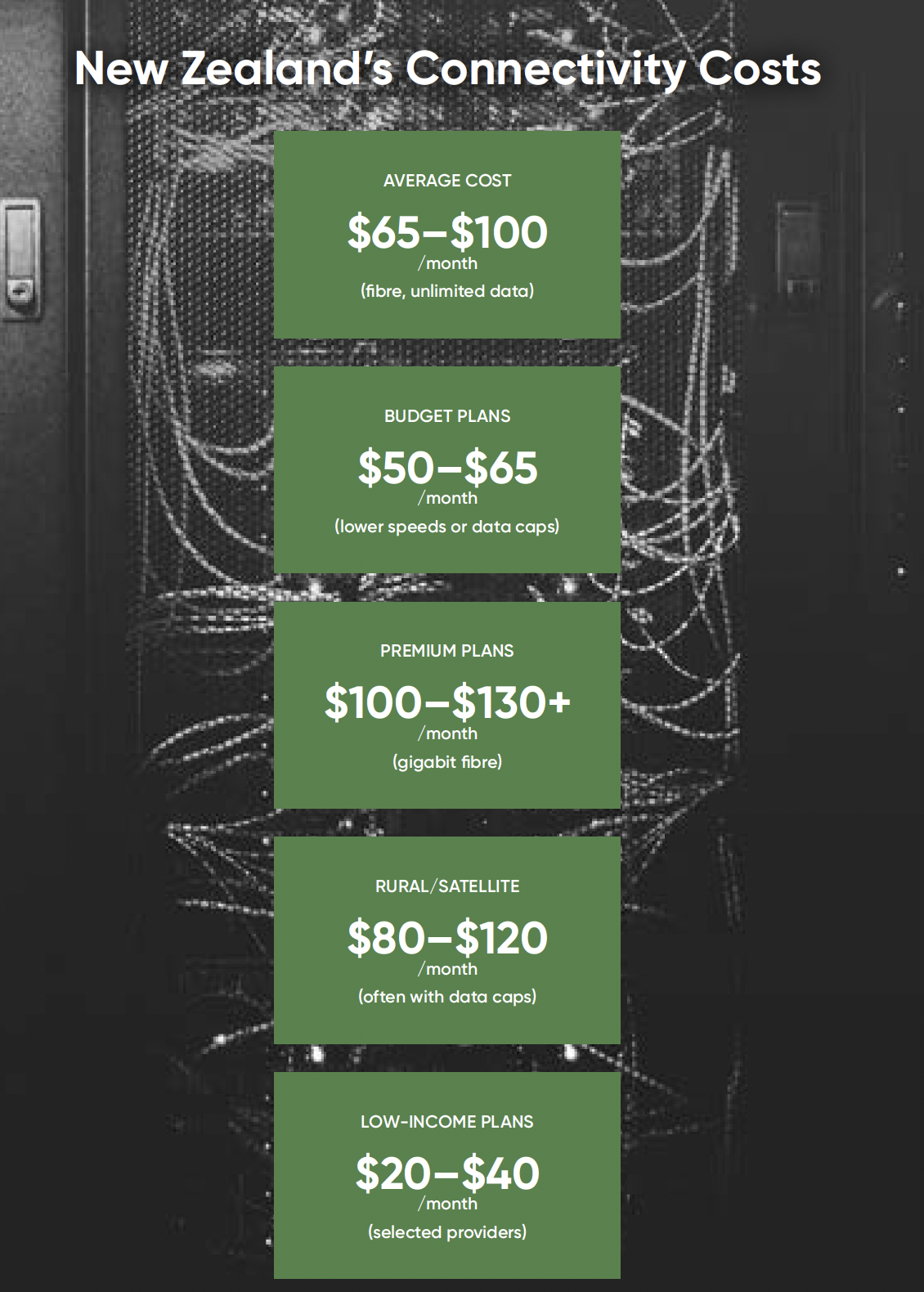TUANZ’s blueprint for 100% rural connectivity in New Zealand
Despite significant advancements, including the Ultra-Fast Broadband (UFB) programme and the Rural Broadband Initiative, many rural communities still grapple with unreliable, expensive, or altogether absent internet access.
They also pay more to access the internet, according to the Technolofy Users Association. Rural households pay, on average, nearly 29% more than their urban peers for broadband ($113.52 vs $87.86), while also contending with geography-driven infrastructure gaps and lower average incomes.
These disparities risk deepening social and economic exclusion for large segments of the rural population, with particularly acute impacts on Māori, older citizens, and women who shoulder multiple caregiving and business responsibilities, says TUANZ, in its 2025 Connecting Aotearoa Summit report, which was based on discussions held at the conference of the same name held in Hamilton in May.
TUANZ outlined some key recommendations on where rural connectivity should go, including lobbying for the extension of fibre networks into economically viable rural areas. TUANZ highlights the importance of co-funded community fibre build programmes, empowering communities to directly partner on local solutions.
Source: TUANZ
It also recommends prioritising further deployment of Fixed Wireless Access (FWA) and Wireless Internet Service Providers (WISPs) to connect areas where fibre is challenging. But it says the satellite broadband revolution should also be harnessed to serve rural areas.
TUANZ warned that the shutdown of legacy infrastructure, like 3G and copper lines, is managed to prevent further exclusion for those in the most remote regions.
When it comes to making broadband access more affordable, TUANZ suggests telcos offer more flexible pricing models, such as low-cost broadband plans tailored to the realities of rural and low-income households, including social ISPs and basic connectivity services.
It also calls for device subsidies to tackle the digital divide, and to use the Telecommunications Development Levy (TDL) to fund digital equity and basic connectivity initiatives, ensuring sustained investment in underserved areas.
Back social ISPs
To foster digital literacy, TUANZ suggests investing in local, community-based digital skills programmes and culturally relevant training, crucial for unlocking the benefits of connectivity, especially for Māori and older adults. It also talks up the idea of “social ISPs” such as Our Net, that reinvest profits into community training and inclusion rather than shareholder dividends.
With extreme weather continuing to hammer rural communities, TUANZ has also highlighted the need for resilient infrastructure. It urges telcos to prioritise infrastructure that can withstand disasters, with backup power, network diversity, and strong end-user preparedness.
Promoting the value of homes and businesses having diverse connection types (such as both fibre and satellite) to avoid single points of failure during emergencies is also a priority it said.
Ensuring universal connectivity is about more than convenience; it’s about equity,” said TUANZ chief executive Craig Young in the report’s introduction.
“We know those without digital access face greater challenges in finding jobs, accessing services and staying connected with family and friends. As technology continues to advance, the gap between the connected and unconnected will only widen unless we take action now,” he added.

